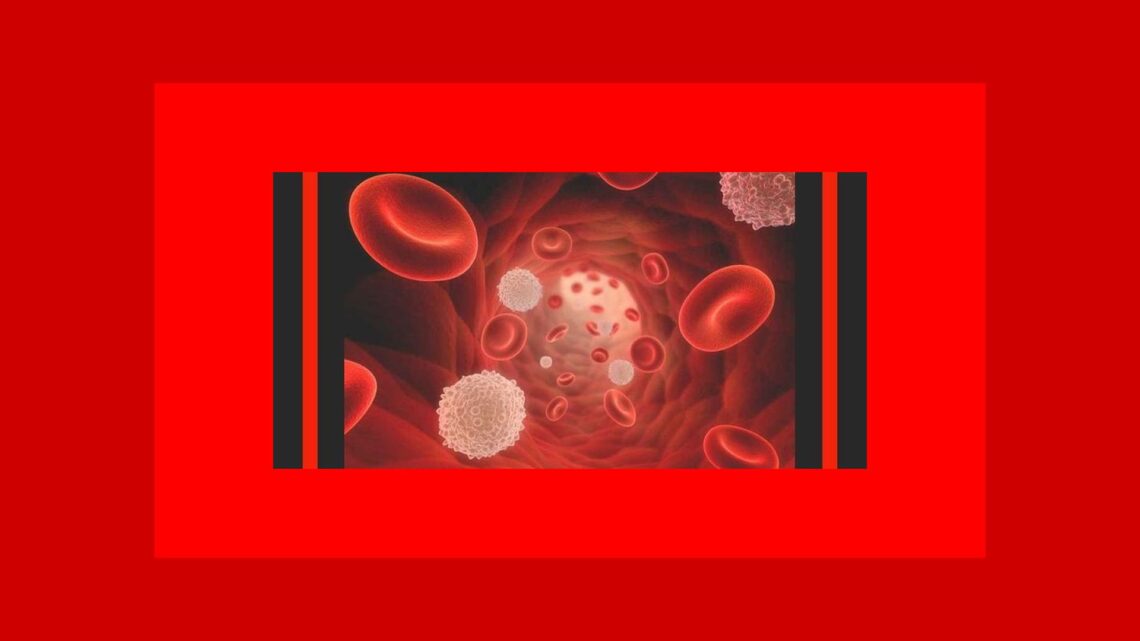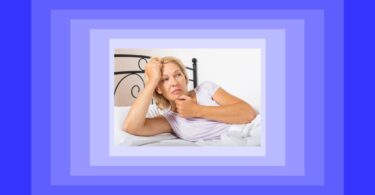Leukocytosis refers to an increase in the total number of white blood cells (WBCs) due to any cause. It is frequently a sign of an inflammatory response, most commonly the result of infection. From a practical standpoint, leukocytosis is traditionally classified according to the component of white cells that contribute to an increase in the total number of WBCs. Therefore, leukocytosis may be caused by an increase in (1) neutrophil count (ie, neutrophilia), (2) lymphocyte count (ie, lymphocytosis), (3) monocyte count (ie, monocytosis), (4) eosinophilic (Homeopathy for Eosinophilia) granulocyte count (ie, eosinophilia), (5) basophilic granulocyte count (ie, basophilia), or (6) immature cells (eg, blasts). A combination of any of the above may be involved.
The cases below demonstrate acutes with leucocytosis which involved applying the art to observation in rubric selection.
Case no 1: 8-2-2020
A boy of 8 years was presented by his parents with high grade fever, persistent cough with expectoration the last 3 days. Fever recurs every 4-5 hours. The patient complained of nausea and vomiting. The cough was dry at night, loose all day, and accompanied by vomiting. The child appeared toxic. He was was lethargic, had shortness of breath and rapid breathing. SpO2 was 90-92 %) and he had with drooping eyelids. He was asking for sugar for all day.and with drooping eyelids. He was asking for sugar for all day.
Aggravated: Eating after.
Ameliorated: warm water.
Lab tests – Feb 8, 2020
Wbc 19781/cmm
Dengue, ps for mp- negative
Observations
Heat of soles
Heat of vertex
Lips and lower eye lids were red and burning
Dullness
Redness of face
Desires sweets
Forceful and suffocative cough
Repertorization chart, case no 1:
Prescription– Sulphur 200 stat . Patient advised to follow up after 2 days and advised for CBC. 8-2-2020
First Follow up –
10/2/2020
Wbc- 9820/cmm
SpO2 was 95-96%, respiratory rate was 18 cycles/ minute. Appetite improved, expectoration increased. Fever every 7-8 hours.
Prescription- placebo. Patient advised to follow up after 2 days and advised for CBC.
Second follow up-
12/2/2020
Wbc -6810/cmm
Appetite improved. Fever twice in 24hours. General and activity improved.
Prescription- placebo. Patient advised to follow up after 7 days and advised for CBC.
Third follow up-
19/2/2020
Wbc-9840/cmm
Generals improved. Af ebrile since 5 days. Activity improved.
Prescription- placebo
Reason to select the remedy
The patient was prescribed Sulphur 200 on the basis of the acute totality and observations made in the case. In acute conditions Sulphur presents with burning soles and palms, redness of orifices and burning in general. Sulphur patients may also desire sweets. Nux vomica was ruled out as there was no marked irritability or marked gastric complaints. Nux Vomica does not like to be approached in acutes. Arsenicum Album is more restless, chilly and presents with anxiety regarding health. No antibiotics were taken by the patient before and during the treatment.
- Case 2: 3-03-2020
A boy of 3 years child was presented with high grade fever and cough with expectoration. Fever every 4-5 hours.
The cough was accompanied by perspiration with salivation. The child held his chest when coughing. He was very restless. He hit his younger brother. In an afebrile phase, he was joking, making faces and teasing others. He does not obey instructions from parents, and does the opposite of what is asked. He gets angry and sits in a corner and sulks.
Aggravation: At night, on lying, walking rapidly, midnight after 2-3 am. The cough is accompanied by perspiration with salivation.
Lab tests
03/3/2020
Wbc 23100/cmm
C-Reactive Protein- 10.4 mm/dl ( normal range is 0-6mg/dl)
Dengue, ps for mp- negative
Observations
Restless in the clinic
Salivation when coughing
Patient was holding both sides of his chest when coughing.
On auscultation when patent was asked to lie down, cough aggravated.
Repertorization chart, Case no 2:
Prescription– 3-3-2020 Mercurius solubilus 200 stat. Patient advised to follow up after 2 days.
First Follow up –
05/3/2020
Appetite improved, expectoration increased. Fever every 9-10 hours.
Prescription- placebo. Patient advised to follow up after 3 days.
Second follow up-
08/3/2020
Appetite improved. Fever once in 24 hours. Generals and activity improved.
Prescription- placebo. Patient advised to follow up after 3 days and advised for CBC.
Third follow up-
11/3/2020
Wbc-11300/cmm
C Reactive Protien- 5.0
Generals improved. Afebrile since 4 days. Activity improved.
Prescription- placebo.
No antibiotics were taken by the patient before and during the treatment.
Remedy Selection
Patient was prescribed Mercurius solubilus stat on the basis of the acute totality and observations made in the case. The patient had increased salivation during the episode. Arsenic alb was ruled out as Arsenicum Album is inclined to anxiety and restlessness. The patient was sulking, contradictory and disobedient which pointed towards Mercurius Solubilus. Arnica is also contradictory but it has a strong fear of injury does not want to be approached.
Acutes are challenging it’s very important to hunt for the correct symptoms and rubrics. In acutes we have less time and often very few symptoms, making it difficult to arrive at the simillimum.
Hahnemann, in aphorism 152 of the 6th edition of Organon has given us a brief guideline to approach the totality in acute cases. Hahnemann states that the worse the acute disease is, the more numerous and striking the symptoms, mentals, generals or particulars. Here we have to hunt for striking, characteristic symptoms and not common symptoms of the disease. If common symptoms are coupled with strong modalities the are useful to form the totality
In the above cases, observation of the patient helped me to arrive at the simillimum.










